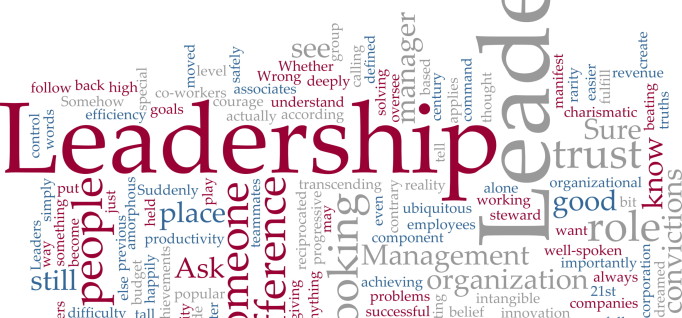What 21st-Century Leadership Teams Need to Know Right Now
By Heather Boerner
March 12, 2015
An interview with one president in AACC’s High Performance Team Training
When Bill Seymour took over as president of Tennessee’s Cleveland State Community College, in 2014, he found a campus on warning from the Southern Association of Colleges and Schools Commission on Colleges (SACSCOC) for deficiencies in the college’s institutional effectiveness. While it had participated in a regional strategic plan for years, the college hadn’t engaged in such a plan internally for a while. And the college was slow to adopt reforms that would serve its students, community and economy for the next 47 years.
Clearly, leadership would be essential to navigate the college into the future. And although Seymour says he’s inherited an excellent leadership team, “I felt we could get to a higher level.”
That’s where AACC’s High Performance Team Training came in. In January, Seymour and his vice presidents of academic affairs, finance and advancement, student services and community relations went to Washington, D.C., as one of four college-leadership teams selected by the association to work intensively with a coach, review current team processes and establish strategies to supercharge effectiveness.
We sat down with Seymour, who shared what he learned, how the training changed his team’s dynamic and what other college presidents can learn from his experience.
Why was the leadership training so powerful?
In many respects, just the fact that we left here, took a trip together and spent every minute together was a big plus of the whole program. Then, when you add in everything we did in the training and how it was completely focused on us … I mean, how often do you get to just focus on your team? That’s all we did — focus on how we function, what our preferences are, how we develop trust. … We started to put things on the table that we hadn’t discussed before. In many ways, we came back a transformed team. It’s not over, of course — it will require consistent work.
You said there were things on the table that hadn’t been before. What sorts of things? How did you work through them?
For us, and probably other colleges, too, communication and trust go hand in hand. Even though we can sit around our table at a senior-leadership meeting and seem to communicate well and seem productive, we started to ask, “How do we communicate and interact outside that meeting? To what degree are we working with each other to solve problems and accomplish goals? Are the members of the leadership team communicating with each other or bringing everything to me?” It allowed us to talk about how we function as a team.
What were the takeaways?
We came up with a microplan for how to proceed going forward: What do we want to focus on as a team, what’s our immediate goal in the next few months? We wanted to finish the reaffirmation process with SACSCOC, finish our strategic plan. We are now in a budgeting process that’s incredibly important. And finally, we wanted to get ahead of the curve with our marketing and outreach for enrollment in the fall. We haven’t been as proactive with that in the past as we should have been. Invariably, we wait too long to start on that, and enrollment is an enormous part of our budget.
Do you have any tips for other college presidents who want to create a high-performance team?
The first would be to take time out for your leadership team. You’re not going to do any of this if you’re caught up in the day-to-day work. And it doesn’t have to be all leadership-training workshops. It could be doing social things. But you have to take the time.
I like the concept that sometimes you have to slow down to get ahead. I think that’s really what this is. It’s like planning. A lot of times, organizations don’t do a good job of planning, simply because they don’t have the time. If you take the time and invest in better leadership, it pays off in better dividends down the road. The time out makes all the difference. I’m not sure we could accomplish what we’ve accomplished without it.
Want more leadership training info? Check out the AACC Leadership Suite.











